Assistive tech to put you in complete control
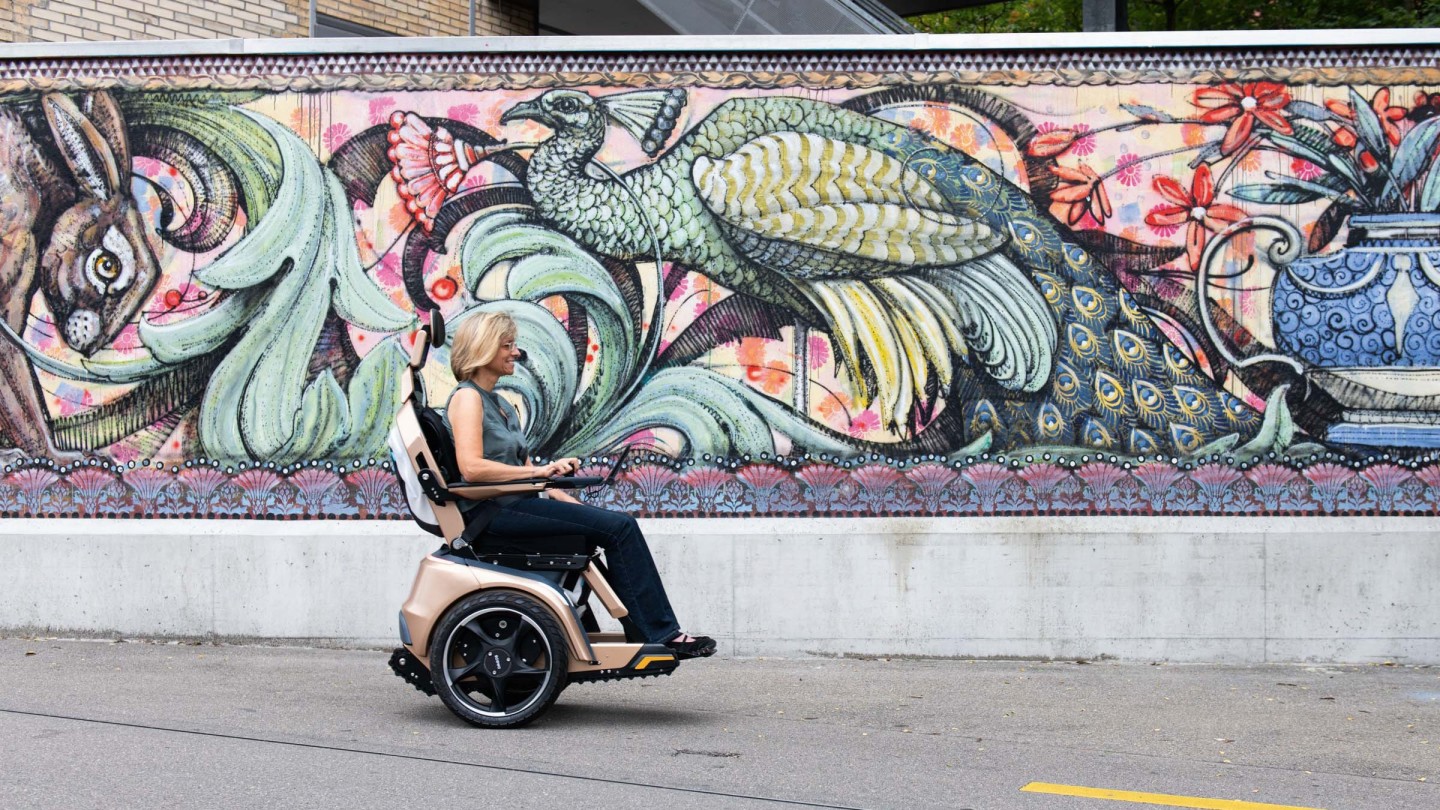
Roula Khalaf, Editor of the FT, selects her favourite stories in this weekly newsletter.
Brilliant ideas can sometimes have unexpected and near-miraculous consequences. None of the founders of Swiss company Scewo knew what would ultimately unfold when, as engineering students, they collaborated on the design of a robot that could climb stairs. If their professor hadn’t suggested putting a seat on the robot so someone could drive it, the BRO may never have existed. But the result, six years after a prototype was first unveiled in an online teaser video, is an all-terrain, off-roading wheelchair – a product that could truly be described as life-changing.
It drives on two wheels, and is self-balancing – a little like a Segway – so you’re always upright while sitting on it. It climbs as many stairs as you like at a rate of 30 per minute – again, keeping you upright – with a rear-view camera so you can see what’s going on behind you. When you’re stationary, the seat can be raised by up to 89cm, bringing you up to eye level with people standing around you. And everything can be controlled either via the steering console or a smartphone app.
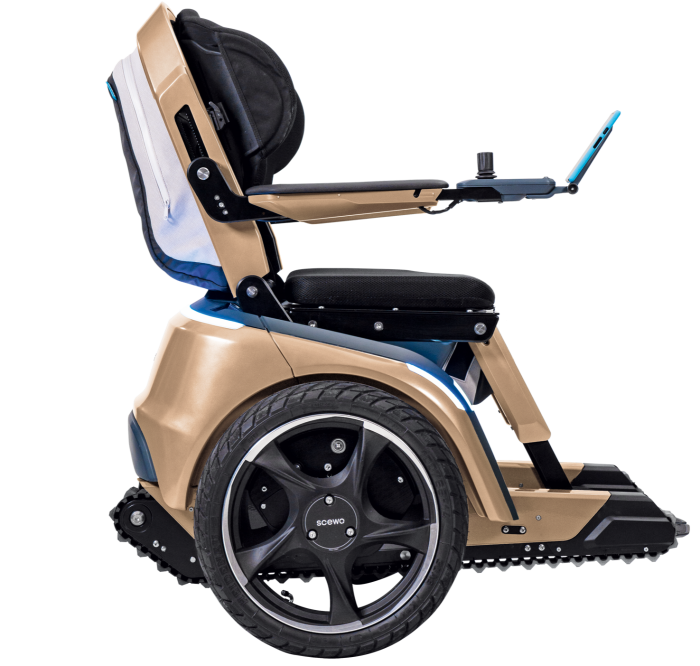
Restaurants and shops with three or four steps leading up to the door suddenly become navigable. A broken elevator doesn’t necessarily mean the end of a journey. Objects can be fetched down from shelves without assistance. This gives a huge boost to the independence of people with restricted mobility, but there’s an important psychological effect, too. Users have reported how their confidence has been boosted simply by not being talked down to in social situations, because the BRO now gives them that extra height.
More than 100 BROs have been shipped so far, and those chairs are already learning new functions remotely. The concept of over-the-air updates is proving a challenge for some national regulators to get their heads around, but Scewo is working hard to beat that path for other innovators to follow. Scewo BRO, from SFr36,000 (about £32,100)
As you like it
Mouse and keyboard set-ups don’t work for everyone, and Microsoft has recognised this with configurable accessories designed in partnership with the disability community.
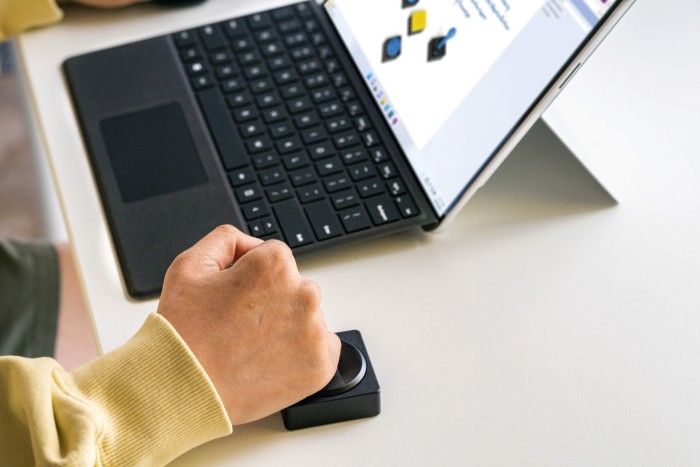
The Adaptive Mouse looks like a standard mini-mouse, but 3D-printed tails can be attached to create a tailored shape. The Adaptive Buttons – which connect via the Adaptive Hub – come as a nine-button D-pad, a joystick, or a two-button set-up by default, but could be any number of 3D-printed alternatives depending on your needs. Any movement or button-press can be linked to any action via the Microsoft Accessories app. It’s rare to see such open-platform thinking from a tech giant, and is, needless to say, very welcome. Microsoft Adaptive Mouse, £44, Adaptive Hub, £58, and Adaptive Buttons, £39 each
See what’s said
Pronounced “X-ray”, this smartphone app subtitles live conversations, but crucially it can also operate with a pair of smart glasses, specifically the Nreal AR (which we featured last September). As you’re being spoken to, the words appear in your field of vision, and if you wish you can “pin” that text to a point in 3D space of your choosing – for example, underneath the person who is speaking.
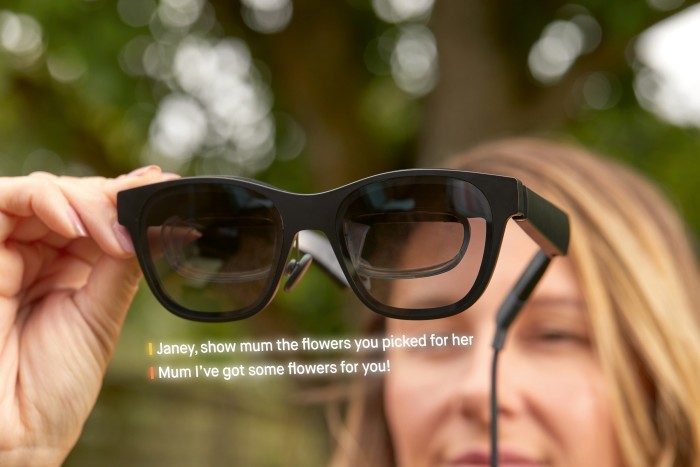
The implications for those with any degree of hearing loss are extraordinary, and lipreader Jacqui Press – who is profoundly deaf – told me what an emotional experience it was to use XRAI Glass for the first time: “I just couldn’t believe that my daughter was standing behind me, but whatever she was saying to me was right in front of my eyes.” XRAI Glass, from free to £49.99 a month
Read to know
OrCam has traditionally made products to help those with visual impairment, but this pen-sized tool assists with reading and learning challenges, including dyslexia, dyspraxia and ADHD, and is even approved for use in exams.
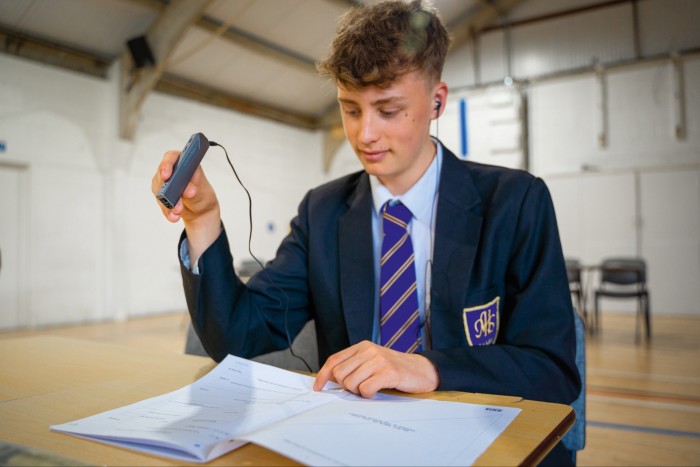
It scans one or more pages at a time and reads them back in a pleasant, non-robotic voice, at the pace you need and with an accurate cadence. It’s incredibly simple to use – just vaguely point at the centre of the page and click – and faintly magical to behold. But its skills don’t end there; it also doubles as a tool to help with reading fluency. Say, “Let’s read,” start reading aloud, and it will listen and give you immediate (helpful) feedback, while compiling reports to be sent to a teacher, tutor or parent. OrCam Learn, £399 plus £468 a year subscription
Perfect application
For years, people with limited mobility in their hands and arms relied on ingenious hacks to apply make-up, a surefire indicator that the beauty industry wasn’t giving them enough thought.
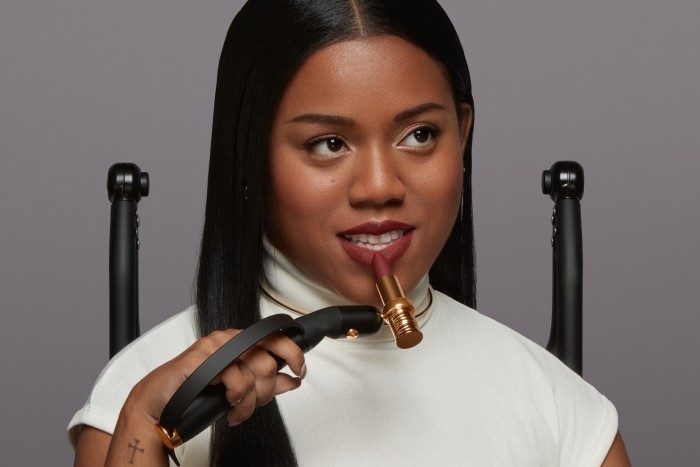
This, however, is not a niche problem: L’Oréal reports that one in 10 people in the US has limited motor ability, be it from cerebral palsy, stroke, Parkinson’s or arthritis. Hapta, unveiled this year at the CES tech trade fair in Las Vegas, is a beautifully designed lipstick applicator with sensors to ensure that it is kept at the correct angle to the face, no matter how it’s being held. Developed in collaboration with the people behind Liftware, a range of cutlery for people with mobility issues, it will be followed by a mascara applicator that works on a similar principle. L’Oréal Hapta, price still to be set
Comments